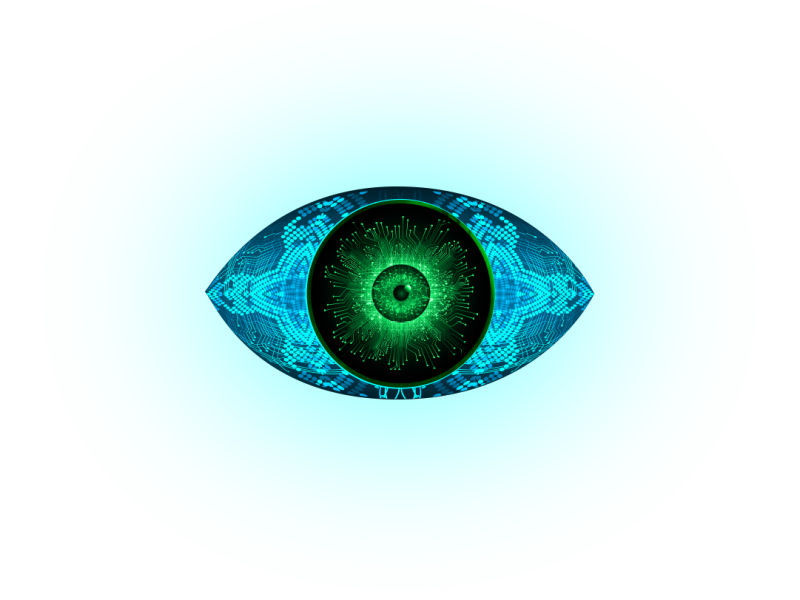Strabismus
Strabismus..or did you mean squint?
Spot on! What is commonly called a squint is clinically termed strabismus, an eye misalignment. An inward and outward turn is the commonest presentation in children and adults. A vertical misalignment can also occur, resulting in a compensatory head posture as this helps to retain single vision.
What does this mean for vision?
Well, visual consequences do differ for children and adults. In children, if the turn favours one eye, a drop in vision can occur resulting in a lazy eye (amblyopia). It’s more a lazy brain than a lazy eye as my mentor used to say! The critical period of vision development does occur up to age 7 so the sooner this is picked up and treated, the better.

Children, fortunately, are able to ignore double vision as their amazing and rapidly developing brains have a compensatory mechanism called “suppression”.
Adults however don’t tend to have such luck and most commonly will see double and adopt a head posture to adapt to this. This can make driving and living quick tricky understandably!
What next doc??
Strabismus management again differs for children and adults. In children, the priority is to promote visual development and realign the eye. This can be done with a combination of patching treatment, glasses and surgery. In adults, the goal is eliminating the troublesome double vision through the use of prisms or surgery.
I would highly recommend this useful parental resource American Association for Pediatric Ophthalmology & Strabismus.
For more information on kids eye patches, visit Kids Eye Gear.
For a personalised consult, give us a shout at EyeHub.
Other Eye Conditions
Click through for more information on other common eye conditions.
If you have any questions, please contact us on 07 5220 8990.